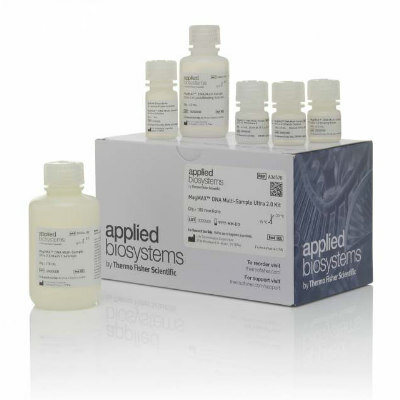POC D-Dimer Assays Compared with Standard Method
By LabMedica International staff writers
Posted on 18 Apr 2012
D-dimer assays are effective for the exclusion of deep-vein thrombosis (DVT), but point-of-care (POC) D-dimer assays have only recently been fully evaluated.Posted on 18 Apr 2012
Measurement of D-dimer has been enabled after the development of monoclonal antibodies used in enzyme-linked immunosorbent assays (ELISAs) which have a sensitivity of 98% with a negative predictive value of greater than 95%.
However, ELISAs are complicated, time-consuming, and labor intensive and could generally only be performed in laboratories during daytime working hours. Scientists at the Karolinska Institutet, (Stockholm, Sweden) compared five POC D-dimer assays with their routine Tinaquant fully automated quantitative immunoturbidimetric assay that utilizes microlatex particles coated with anti-human D-dimer monoclonal antibody. They tested 60 samples from patients with suspected DVT. The cut-off value was 0.25 µg/mL of D-dimer, which corresponds to 0.5 µg/mL of fibrinogen equivalent units (FEU).
The five POC assays tested were the Pathfast D-dimer chemiluminescent enzyme immunoassay (CLEIA) magnetic filtration (Mitsubishi Chemical; Tokyo, Japan); the Cardiac D-dimer sandwich method, using monoclonal gold-labeled antibodies which like the standard Tinaquant assay is from Roche Diagnostics, (Mannheim, Germany); the Vidas D-dimer, a sandwich method, using monoclonal antibodies with fluorescence detection (BioMérieux; Marcy l’Etoile, France); the Stratus CS D-dimer sandwich method using monoclonal antibodies radial partition (Siemens Diagnostics; Marburg, Germany); and the NycoCard D-dimer sandwich method, which uses monoclonal antibodies gold colloids (Nycomed Pharma; Oslo, Norway).
The results of the study showed that using 0.5 µg/mL as a cut-off value, four samples tested negative with Tinaquant were positive with Pathfast. There were no Tinaquant-positive samples tested negative with Pathfast, while the overall agreement was very good. Four samples were discrepant between Tinaquant and Cardiac with the lower cut-off of 0.4 µg/mL. Eight samples of 27 were negative with NycoCard although they were positive with the standard Tinaquant assay. The agreement with Tinaquant was excellent for both Vidas and Stratus.
The authors concluded that that the four of five tested POC D-dimer assays have an analytical profile comparable to that obtained using standard laboratory assay, while three of them may be used for rapid bed-side analysis. Their evaluation indicates that Pathfast D-dimer, Cardiac D-dimer and Stratus CS D-dimer can be used for rapid bed-side analysis and offers a possibility to adequately rule out DVT in outpatients within minutes after admission. The study was published on April 5, 2012, in the International Journal of Laboratory Hematology.
Related Links:
Karolinska Institutet
Mitsubishi Chemical
Roche Diagnostics













